The Lord of the Rings film trilogy turns twenty this year, and is still as beloved as ever thanks to the groundbreaking vision of director Sir Peter Jackson.
It was the independent filmmaker’s lifelong dream to make a live-action version of J.R.R. Tolkien’s works, an endeavour that other filmmakers considered too ambitious. However by embracing cutting-edge techniques, Jackson was able to bring Middle Earth to life. His confidence was no doubt bolstered by the fact that he already knew where to find the locations that would superbly evoke the books: his home country of New Zealand. Since the Oscar-winning trilogy’s release, the country has become synonymous with Hobbits, Dark Lords and, of course, Gollum (a statue of him towered over Wellington Airport for a time). Here, we look at how a film series and a country became so intertwined.
The Journey Begins
In the late 1990s, Jackson began production on what was then considered a huge undertaking: to film three movies based on The Lord of the Rings, back-to-back. Determined not to shoot the entire production on green screen or sound stages, he turned to the land that he knew for an environment where physical sets could be built on a remarkable landscape, while still in close proximity to the amenities needed for a large cast and crew.
It also had production facilities such as Weta Workshop, the prop and effects company that had been working in TV and film since the ‘80s, as well as Weta Digital, a computer effects company started between Jackson, editor Jamie Selkirk, and Weta’s founder, Richard Taylor, to work on Jackons’s 1994 film Heavenly Creatures.
Making Fantasy Reality
The films used over 100 locations spread across New Zealand’s North and South Islands, but for the most recognisable site, the production had to do some digging. The town of Hobbiton took a year to construct, with the local army even pitching in for some parts of the building process; a farm near the town of Matamata on the North Island became the home of Frodo, Bilbo and the hobbits of the Shire. The various hobbit holes were kept after the first trilogy’s production, however most of the sets were broken down. For the filming of The Hobbit in 2011, a permanent Hobbiton was constructed and left as a tourist attraction, now visited by fans all over the world as one of the most authentic set visits you’re likely to find.
As well as the lush greens of the Shire, they also had to pinpoint a location to stand in as the grim, charred landscape of Mordor, where the evil Sauron resided. Tongariro National Park was used for all the filming of Mordor, with the eye-catching Mount Ngauruhoe ‘playing’ Mount Doom. The real-life landscape is a lot more pleasant (digital effects were of course overlayed), but fans of the movies will recognise the landmarks instantly. The park is also the home of Tawhai Falls and Mangawhero Falls, two locations used for the scenes where we first meet Gollum (Andy Serkis).
The South Island had the lion’s share of locations, with the rocky terrains of Mount Owen and Mount Sunday standing in for Dimrill Dale and Edoras, respectively. Central Otago’s Poolburn Reservoir was the setting for many scenes involving the kingdom of Rohan. Helicopters filmed Kepler Mire for establishing shots of the Dead Marshes, where Frodo, Sam and the Ring are reluctantly led by the deceptive Gollum. Up and down the country, you’re never far from a place that was used in the films – and if you’re struggling to find one, just follow the other fans!
Why It Works
It seems incongruous in today’s film industry that such a huge production could be filmed exclusively in one country. Whole worlds can be created against a green screen, but it’s not often that one country alone serves as the setting for an entire film – let alone six. Star Wars movies, for instance, span continents, while the average Marvel film can take in several countries, both in terms of storyline and filming schedule.
To base an entire production of six films almost entirely in one country points to the unique and vast culture and landscapes of New Zealand. With just under five million residents occupying an area roughly the size of California, there’s plenty of open space and natural phenomena to marvel at, evoking the other-worldly vistas of Tolkien’s work.
It’s not surprising, then, that those who make the films should have such an affinity for the place, seeing it as an essential part of the storytelling: “I have to say, I cannot imagine making these films anywhere but this country,” remarked Philippa Boyens, co-writer and producer on both The Lord of the Rings and Hobbit trilogies, in a promotional video. Many of the cast and crew have gone on record saying that, when asked about their fondest memories of their experiences, visiting New Zealand is at the top of the list.
The Home Of Middle Earth
Not every community embraces being immortalised on film. A famous scene from 2019’s Joker caused a raft of tourists to descend on an unassuming stairway in the Bronx, New York; to this day you may see native Philadelphians shaking their heads at visitors running up “The Rocky Steps”. New Zealand, however, has fully embraced their association with both The Lord of the Rings and Hobbit trilogies. In fact, the tourist board proudly proclaims the country to be “The Home of Middle Earth”, offering specialised tours for fans of the films. Even Air New Zealand celebrated the association in their on-board safety video.
The success of the movies also kicked off a filmmaking boom in the country. Weta Digital has landed gigs doing the effects for some of the biggest films around, and James Cameron moved to New Zealand so that he could use its facilities for the making of the forthcoming Avatar sequels. With the ascent of their own Taika Waititi, whose movies have often showcased Kiwi locations and talent, the professional prospects for New Zealand and its skilful denizens only seem to be moving upward.
Once mockingly described as being an ‘expensive ad’ for the country, New Zealand is far more than a passive stage for the Middle Earth stories. It’s their home, a land that seems destined to bring to life the wonders of Tolkien’s works, with their sense of adventure embodied by the hills and landscapes. The films shone a spotlight on New Zealand, and New Zealand gave the films a soul.
With Amazon’s The Lord of the Rings TV show having just finished filming its first season in many of the same locations as the movies, it seems this fellowship will likely continue to make new memories for fans and filmmakers alike.

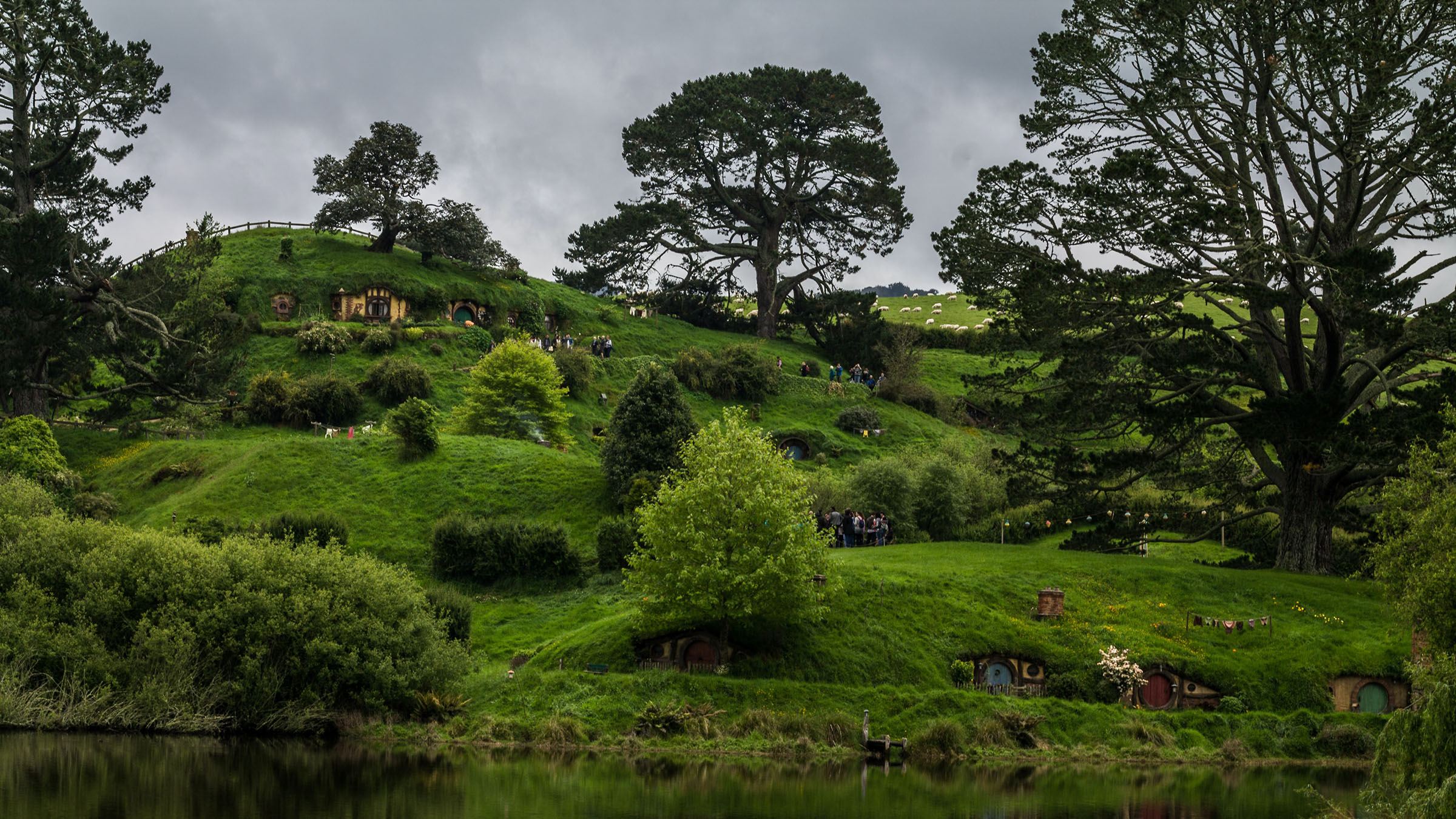

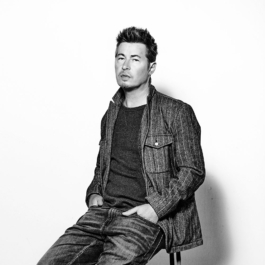




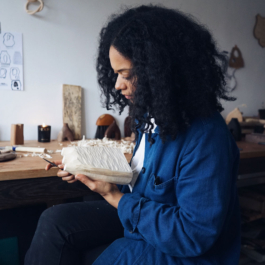


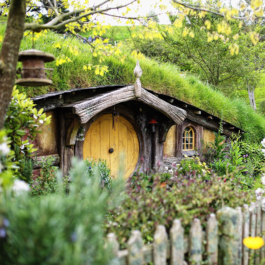
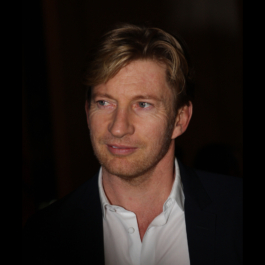
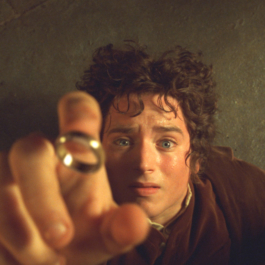
Sorry, the comment form is closed at this time.